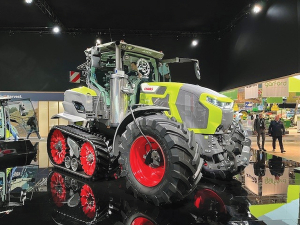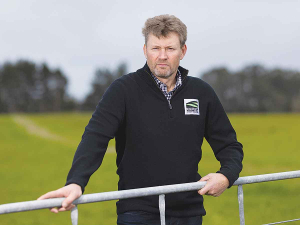Prolonged dry weather is beginning to impact milk production in parts of Australia.
Queensland and South Australia are worst hit and production is falling after a strong start to the 2014-15 season.
According to Fonterra, milk collection in Australia for the six months to December 31 reached 71 million kgMS, 6% higher than the same period last season.
But collection in December was 3% lower than the previous December – 12.5 million kgMS.
Following a strong start to the season, production has slowed as dry conditions impact pasture growth across most of south east Australia,” Fonterra says. “Supplementary feeding has increased due to low pasture availability and irrigation in Tasmania has commenced earlier than last year.”
Dairy Australia says despite the onset of dry weather, milk production continues to grow compared with the previous year.
Figures released by Dairy Australia last month show milk production was up 3% in November compared with the previous year; year-to-date production was up 3.5%.
Tasmania again drove much of the increase with an 11.9% increase in November to take its year-to-date increase to 13.8%.
NSW (up 7.9%), Western Australia (up 5.2%) and Victoria (up 1.9%) also showed growth.
But Queensland (down 5.6%) and South Australia (down 2.4%) continued their downward trajectory.
The tight season in western Victoria is also starting to have an impact with production down there 3.1%. Strong growth in Gippsland (up 7%) saw it overtake western Victoria as the biggest Victoria supply region in November. In northern Victoria, despite dry conditions and increasing water prices, production is up 1.8%.
NZ collection keeps on growing
Milk collection in New Zealand is tracking 4% higher than last year.
Fonterra says it has collected 972 million kgMS for seven months to December 31, 4% higher than the same period last year.
But the rate of growth has continued to slow, largely driven by reduced South Island production triggered by dry weather.
North Island collection in December reached 125 million kgMS, 4% higher than December last season. Some rain fell in many dairy regions, supporting grass growth and increased milk production.
South Island collection in December reached 76 million kgMS, just 1% higher than December last season.
Growing conditions have improved in Southland after a cold start to the season. However, dry conditions are impacting pasture growth across the east coast of the South Island.











